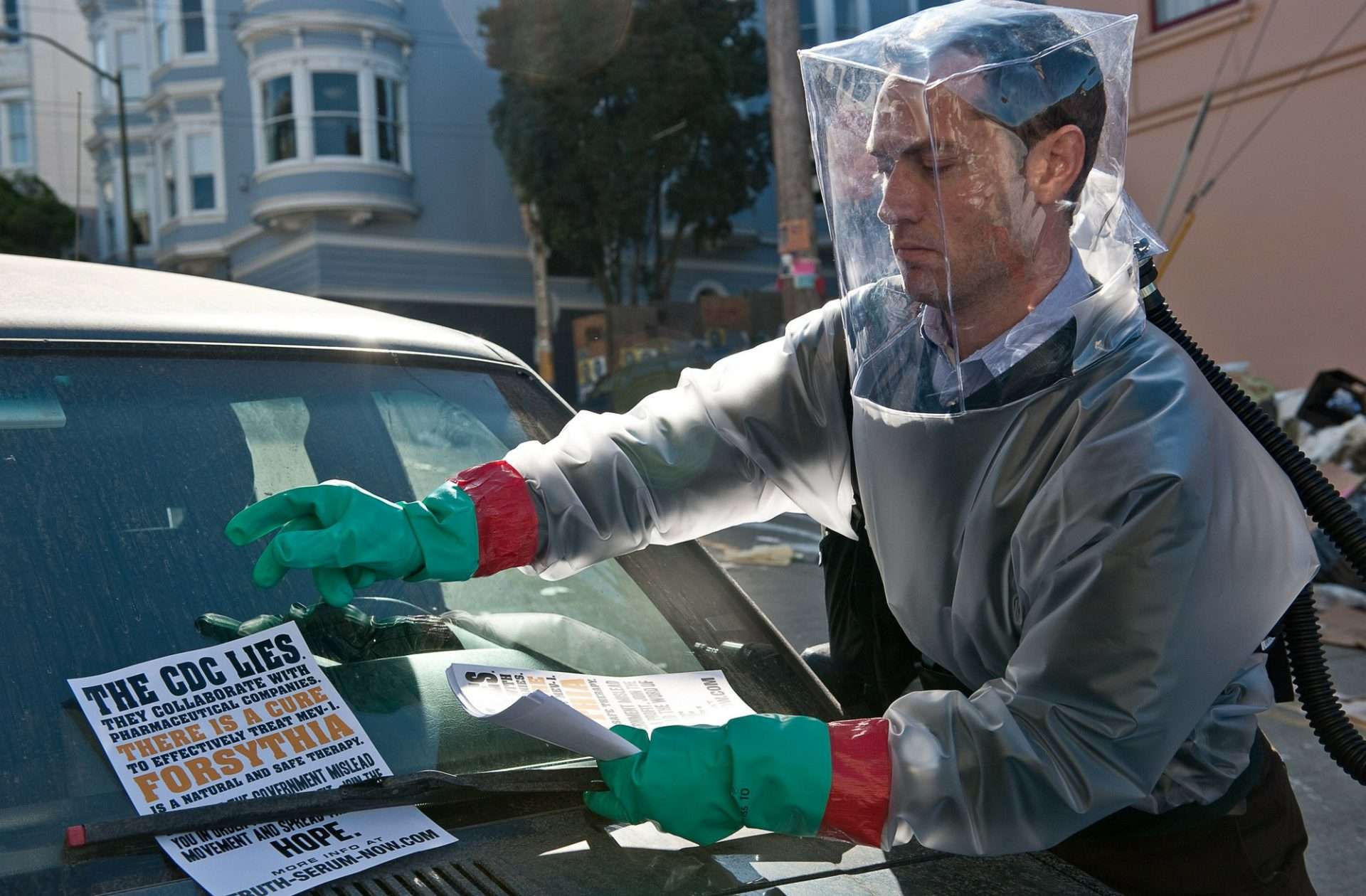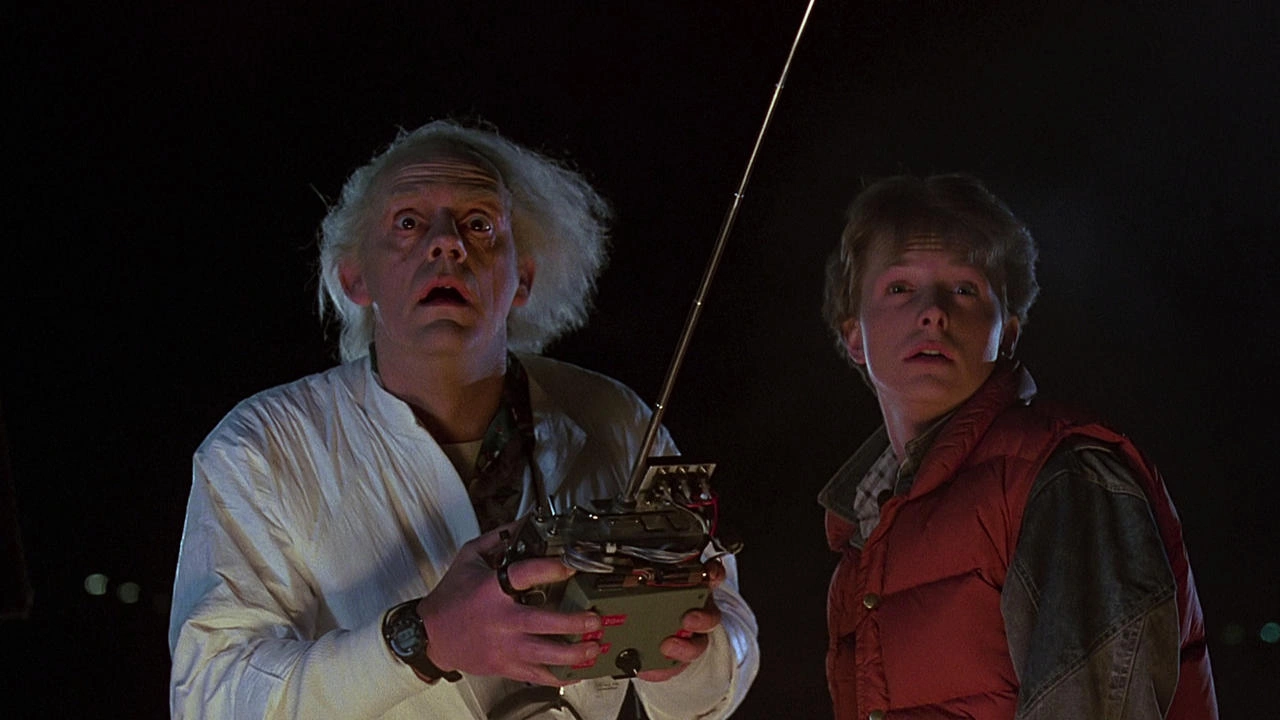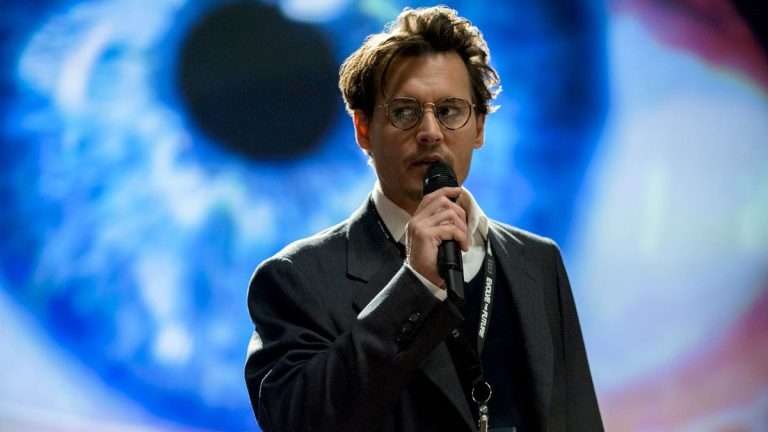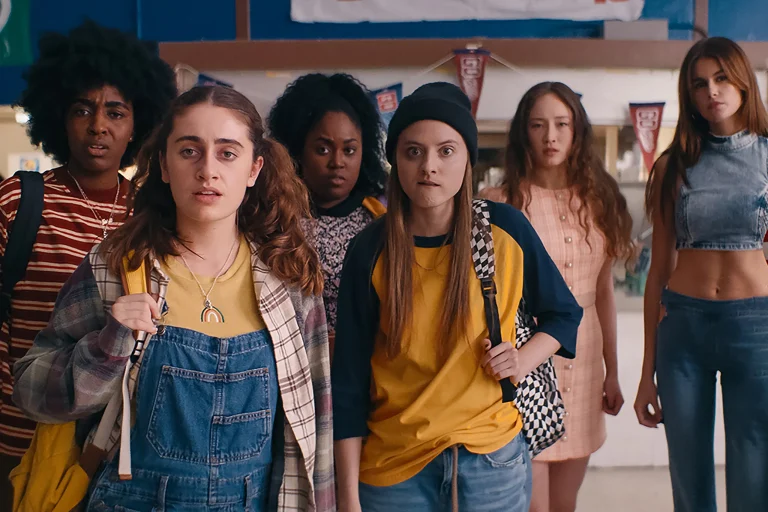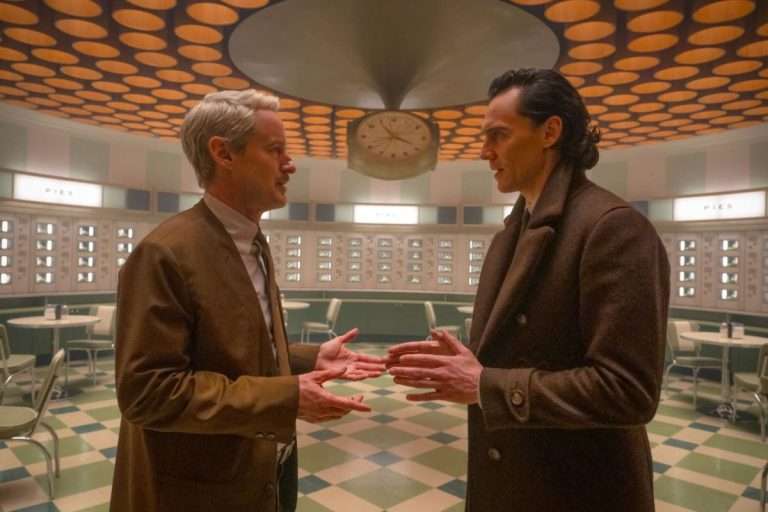The most universally agreed upon fact about great cinema is that its primary function, apart from connecting from one individual to the other, is to hold a mirror to the world. Subject to a wide range of film and philosophy discourses that discuss the primary purpose of an audio-visual experience on celluloid, this theory on the objective of a film is multi-faceted. It is not to suggest that cinema has to present something morally upright or intellectually and politically correct. This mirror may also show an unrestrained and untouched reflection of everything the world is doing right and wrong without pointing out right from wrong.
Which is to say that this mirror that cinema serves as is no ordinary mirror. It is deeply fascinating apart from being investing (if done well, obviously). It has the endlessly excellent and defiant ability to reflect what we hope from our society and what we aspire for. At its most pleasurable, it splits the difference between dreams and reality, taking us for a tour of the dreamscapes as we sit in our realm of the natural and present. However, the abyss of our deepest fears and darkest nightmares lies between hopes and aspirations, ambitions and achievements, dreams and fantasies. For better or worse, this cinema’s job is to reflect and subsume fears.
However, declaring cinema fundamentally as a medium of communication through reflection, while very powerful and all-encompassing in itself, is also a bit reductive. It curtails cinema’s ability to have us recall the unsung chapters from the past and its ability to elicit an emotional reaction from the observer. Another layer of cinema’s many doings and skills has become its widely unnoticed and absorbing capacity to predict the future. While considered purely speculative and make-believe by many, it is a dynamic and creative prospect in which films alter the fabric of reality after a prolonged existence.
This is primarily because what we see is much more impactful and affecting than what we hear, say, read, and learn. There cannot be a better example to serve than the buildup of what happened to us at the beginning of our current decade. In a tragic turn of events, author Nigel Watts took his own life in 1999. However, two years ago, in 1995, he published his novel, titled Twenty Twenty, which eerily foretells the pandemic that is to come in the year 2020. Many sites acknowledged the book’s existence, even talking to Watts’ wife about it, who has lived to see the dreadful similarity. But did it match the hype and popularity of the conversation stirred by Steven Soderbergh’s twisted and thrilling Contagion? This ‘bat virus’ movie became a thrilling horror in 2011 because of its nearly hundred-percent similarity to what became the most significant reality of our lives. Quite not.
Stanley Kubrick’s 2001: A Space Odyssey, released in 1968 and inspired by a 1951 short story written by Arthur C. Clarke, is considered the most excellent film of all time by some. It also serves as the Bible for a catalog of films that predict fragments of the future, apart from obviously enhancing the sci-fi genre. According to this blog post, apart from many other things, the film is known for its pointed echoes from the future and its fascinating depiction of an AI gone rogue. HAL 9000, the sentient computer, predated our current conversations about AI ethics. However, it also predicted technologies like voice recognition and AI assistants, which are now commonplace. Its narrative core foreshadows the development of VR technology, which recently gained momentum in conversations around the all-around development of Metaverse. During the same decade, Star Trek films introduced us to devices that would become flip phones later.
Ultimately, it also waters down to what seemed far-fetched once and does not today. It may have been curious to see all of it happening on-screen back when it was not even moderately close to the living-and-breathing, flesh-and-blood reality. However, today, it leaves the audience in awe of the prophetic insights that came with their nuances, or the lack thereof.
On a lighter note, the 1985 cult classic Back to the Future, directed by Robert Zemeckis, is a perfect place to start. Of course, we don’t have those self-lacing shoes and hoverboards. But for a fact, we do have video calls and biometric devices. It predicted the victory of the Chicago Cubs in the World Series! Video conferencing is an accelerated reality that has grabbed the imagination of many filmmakers in the past and across mediums. Characters in the 1960s cartoon series The Jetsons frequently used to connect through video conferencing via a device called ‘visaphone.’ One can only imagine how it became a product of mainstream reality in the early 2010s with Skype and later with the likes of Zoom and G-Meet.
Older cinema has incorporated the tendency to predict and assume the correct things, at least on a technological level, much more marvelously than the latest cinema, although a precise balance remains. For example, Truffaut’s 1966 adaptation of the 1953 Ray Bradbury masterpiece Fahrenheit 451 references ‘seashells,’ which do the same job as the wireless earbuds of today, manufactured by companies such as Boat and Truke. In 1927, Fritz Lang’s Metropolis had a clear-eyed stance in depicting a dystopian future of great class conflict with high-rise buildings and urban sprawl as the stark reminder of a divide between the rich and the poor. Its prefiguration of advanced robots and AI manifested as a humanoid named Maria.
Closer to us over time, Pixar offers a greatly enjoyable and satisfying WALL-E. In 2008, its showcase of a future Earth rendered unfit to live by waste and the humans entirely shifting to space with their obese and rather ugly reliance on screens and robots pointed towards a dialogue on climate change and screen addiction that is getting more and more palpable, heated, and scarily real with time, even as the film itself met a wholesome conclusion.
Navigating through our increasing sense of isolation and the despair that often comes with loneliness is Spike Jonze’s Her (2013). In the film, Joaquin Phoenix literally has an AI voiced by Scarlett Johansson as his ladylove, and falling for Artificial Intelligence is not strange for young people anymore, which easily brushes through the film’s social and emotional travesty. Today, a simple online search would confirm how we are all a bit like Truman from The Truman Show (1998). Sometime before the advent of reality TV and much long before we had Insta-influencers, the film had us looking at a man whose life was broadcasted 24/7 without him knowing it.
But is that the sole aim? Discussing sci-fi realities, the genre often explores the extremes of human imagination and our capacity to arrange recent developments into the products of collective hope, meanwhile also serving as cautionary tales, as indicated clearly by the cinema of the pandemic in Contagion. That it materializes is both a response to their popularity and the singular power of hope. So, if the question of the films predicting the future persists, it is indeed a cold, calculative, and curious yes.


